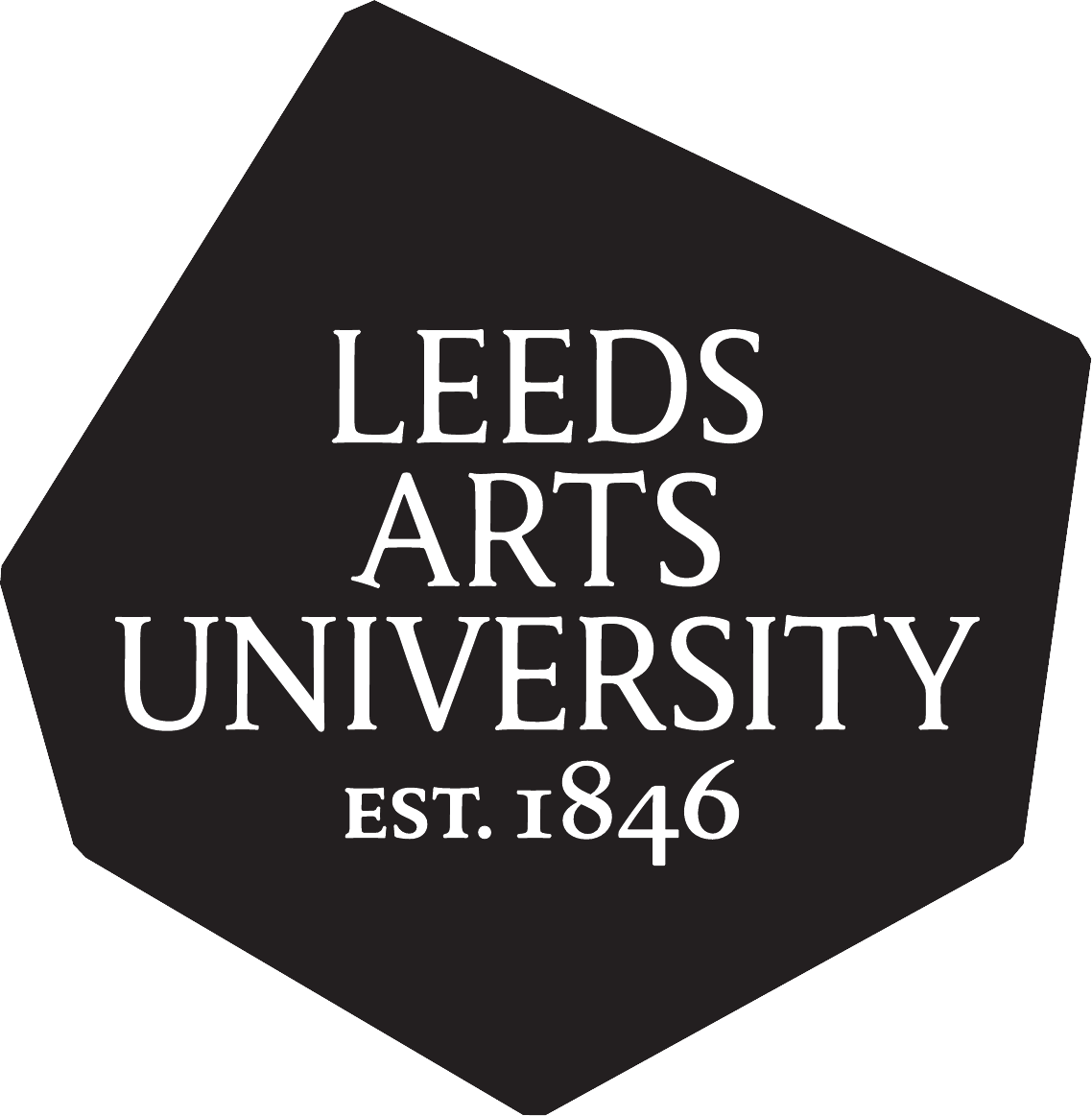Haptic criticality: can risk be deflected through development of critical thinking with adult learners?
Norton, Frances 
Abstract
The objective is to develop adult student critical thinking (CT) skills to equip participants to be flexible in a world risk society. The first aim of this paper is to create channels of communication and connection. The second aim examines the meta-narrative of pedagogic policy in relation to adult learners in the petite-narrative (Lyotard 2004) of my classroom, creating a piece of action research (McNiff 2014). The significance to the field of policy studies in adult education is that, haptic criticality, thinking through doing is essential to equip vocational students for problem solving in industry or self-employment. Relevant policies are:- the Foresight Review into the Future of Skills and Lifelong Learning (2016) and the Department of Education (DfE) adult learners policy (2018). The paper is relevant to the conference in that, the Education World Forum (EEF 2019) asks, ‘how might education policy encourage using what we know to improve what we do?’ A good question when considering risk, haptic criticality in andragogy or adult pedagogy. There is a role for the critically engaged artist in a world risk society. Responding to the conference theme ‘Education policy and new social risks: How can adult education and learning policy contribute to community integration today?’ An outcome is community building interventions such as poetry group and book club creating social cohesion and group bonding. Participants become agents of change in their own education. Wider implications are integration in work, higher education, community and family. The research problem or question asks, if risk may be deflected through the development of critical thinking (CT) skills with adult learners. Brown (1998: 1) believes there is a thinking skills deficit. To increase possibilities of social mobility and social capital CT skills could be instrumental in escaping poverty and gaining qualifications. The Canadian Ministry of Education states that all students will need to develop a flexibility and a versatility undreamed of by previous generations and to employ critical skills (Shaheen, 2007). The significance of the paper highlights the importance for students to understand ‘wicked problems’ as part of a world risk society. Then to translate their story into the universal. Gregory (2009), suggests that myth and narrative are a vital part of our identity, although Adichie (2009) warns against the idea of a single narrative becoming dangerously inflexible, if taken to risk extremes. The central theme and question of the paper is, what is CT and practice based research? Can it aid deflecting concepts of fear and risk? Could connection be discovered through community of inquiry and narrative? What are current andragogic policies, are they community makers or cohesion barriers? Ethical guidelines use British Education and Research Association (BERA 2018). All participants and institutions are anonymised. Theoretical and conceptual frame works are a double ontology of the art school and the world of andragogy. Auto/biography and anthropology are methodological approachs used to add reflexivity to the paper. Pedagogy is a socially constructed reality, with power dynamics. When postmodernist theories unsettles assumptions and decolonise educational theories then space can be made around historical concepts. Qualitative mixed methodologies are inclusive and illuminative in this newly created space (Kara 2015: 26). A sample of 133 self-selecting participants volunteered for CT methods. Data is inductively, iteratively linked and analysed in a cycle of reading, labelling and coding, to discover patterns and themes. Tentative conclusions are, a community of inquiry accesses the legacy of the critical traditions. Classroom democracy is a high-risk strategy, Beck (2013) implies, risk can be both positive and negative. Democracy is unpredictable and it does not have a predetermined outcome, it can be, ‘the transformational power of critical thinking.’ Participants in the research have become more confident and articulate, argumentative and discursive. I have observed an increase in the way participants use haptic criticality to talk out practice and theory in lectures and workshops, confronting risk. The output of the paper is to disseminate findings at conferences and in a relevant journal.
Actions (login required)
 |
Edit Item |

